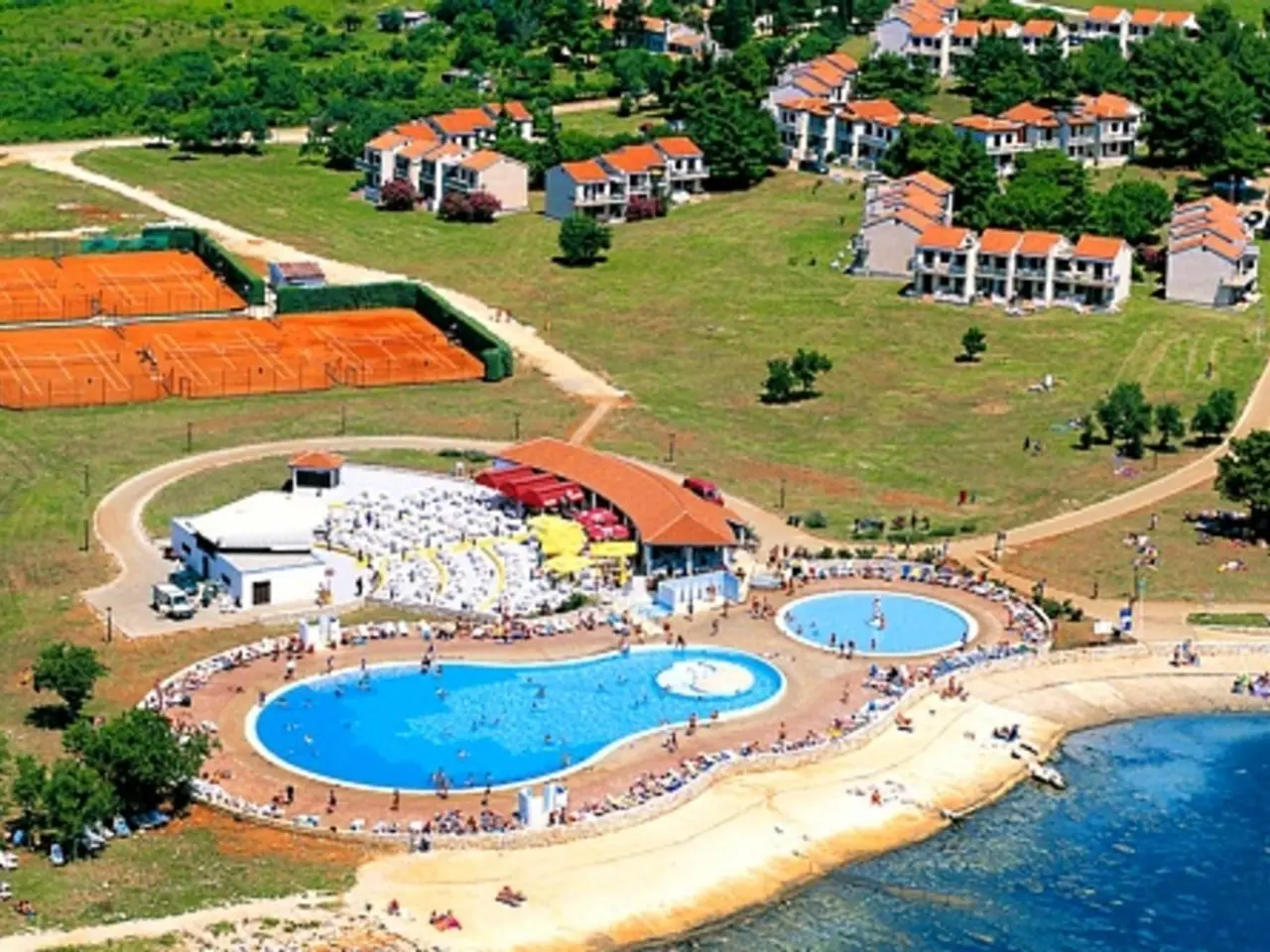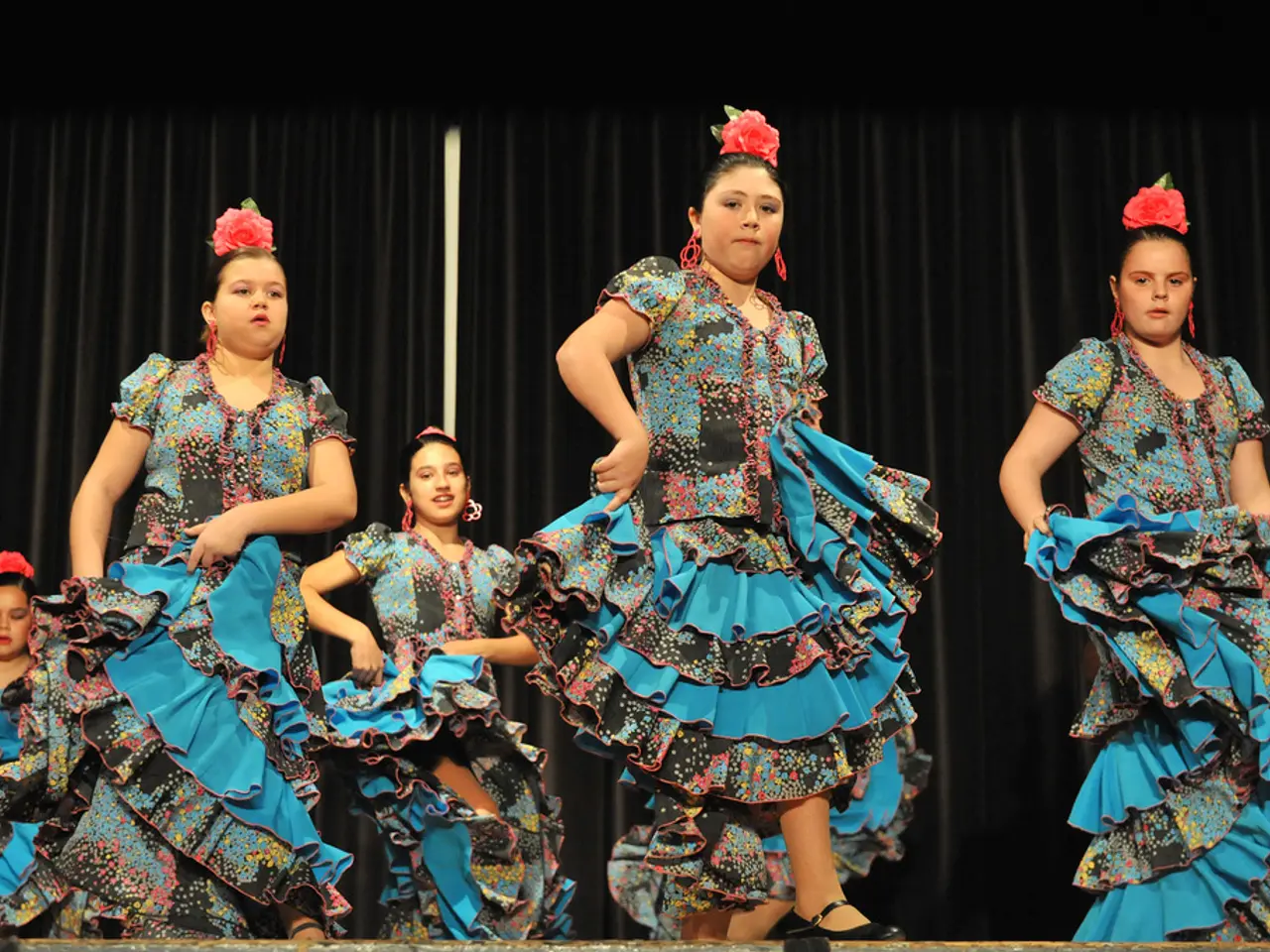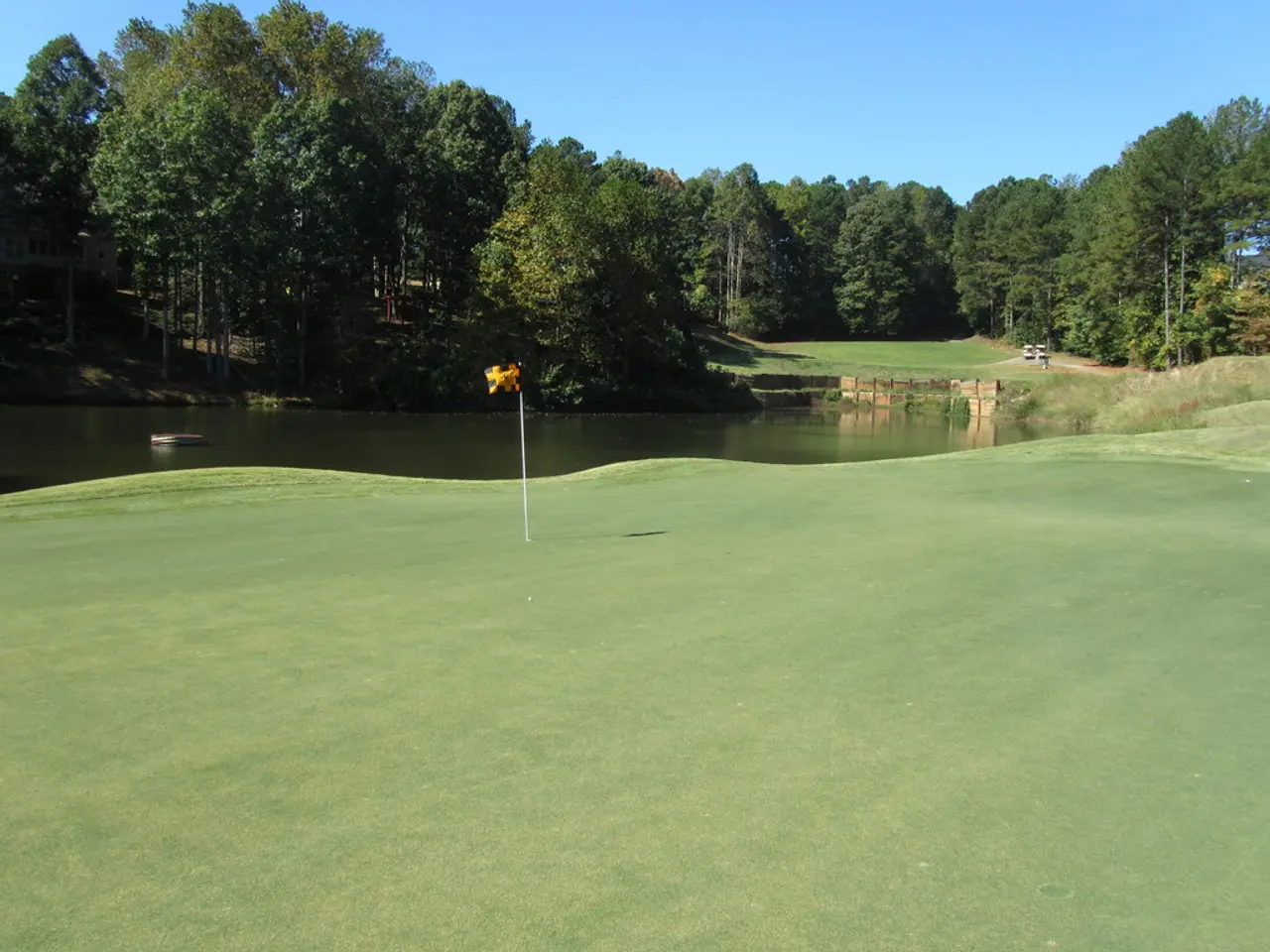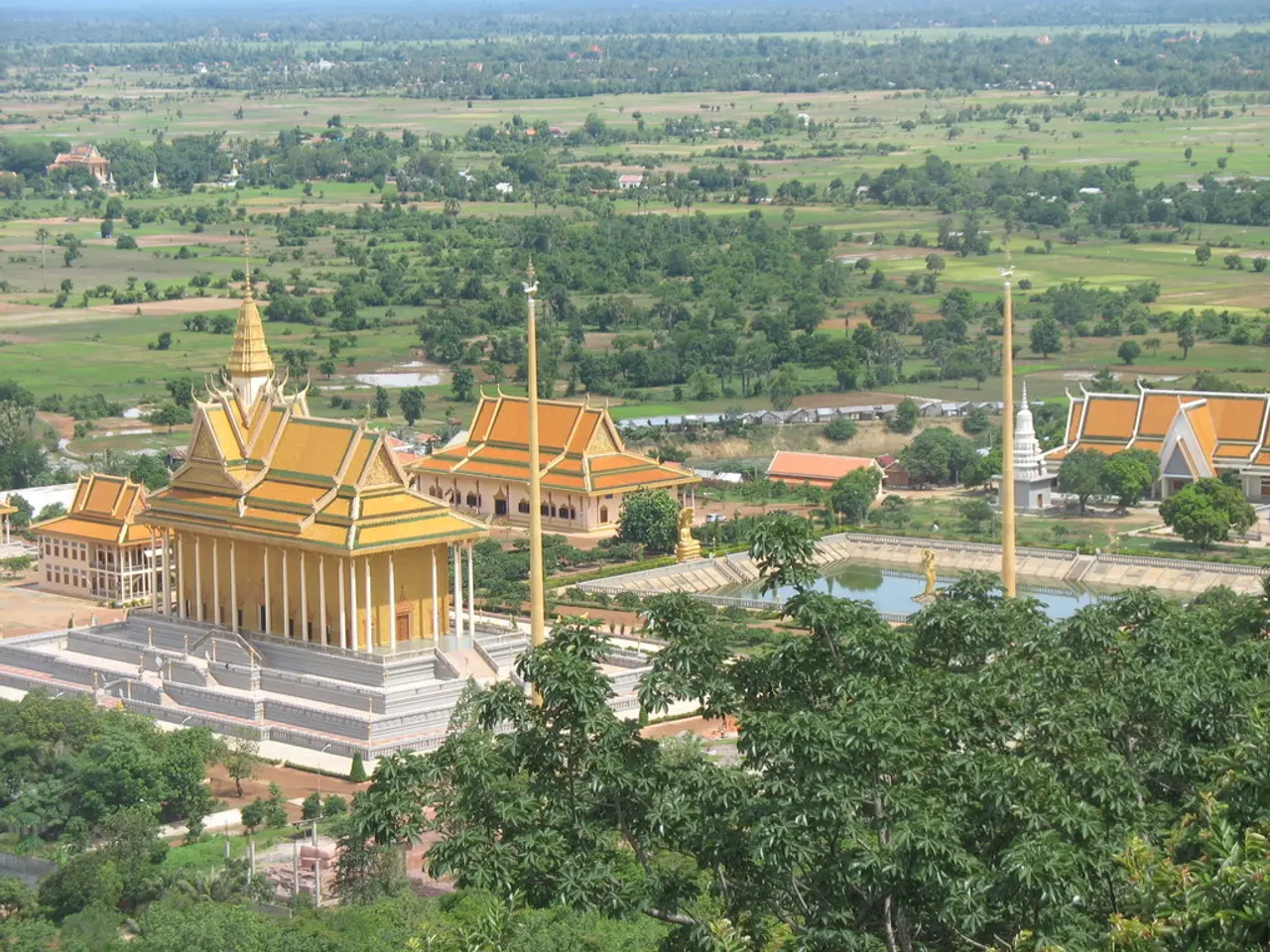Understanding the Essentials of Big Bend National Park
**Exploring Big Bend National Park: A Guide to the Best Seasons and Safety Tips**
Nestled in the heart of Texas, Big Bend National Park is a haven for nature lovers and outdoor enthusiasts. With its diverse landscapes, from arid deserts to lush canyons, the park offers a unique experience for visitors all year round. However, certain seasons prove to be more favourable for a comfortable and enjoyable visit.
The **best seasons to visit Big Bend National Park are spring and fall**. During these times, the park experiences mild daytime temperatures and cool nights, creating comfortable conditions for outdoor activities and hiking.
Spring, particularly in March and April, is popular due to pleasant weather. However, it can get crowded in March because of spring break travelers. Fall also offers mild weather, but tends to have more rainfall, so if you prefer clearer skies, spring might be a better choice.
Summers (May through September) can be extremely hot, making outdoor activities more challenging. Winters bring cold temperatures with near-freezing conditions at night. As such, summer and winter are considered off-seasons.
When visiting Big Bend National Park, it's essential to be aware of the potential dangers and take necessary precautions. Flash floods are common after thunderstorms, especially in narrow canyons or dry washes. It's best to avoid these areas during and after thunderstorms. The Rio Grande, which runs through the park, contains water-borne organisms that can cause illness, so swimming in the river is not recommended.
The park is home to a variety of wildlife, including mountain lions, bears, scorpions, and venomous snakes. Visitor centres in the park offer safety tips for interacting with wildlife. If you plan on extensive hiking and camping in the backcountry, a permit is required.
To reach Big Bend National Park, you can take Tex. 118 from Alpine or Ranch Road 170 from Presidio. The north entrance can be reached from Marathon via US 385.
For more information, visit the park's official website at www.nps.gov/bibe. Remember, a safe and enjoyable visit to Big Bend National Park requires planning, caution, and respect for the park's natural beauty and wildlife.
[1] Big Bend National Park (n.d.). Retrieved from https://www.nps.gov/bibe/index.htm [3] Big Bend National Park: Visitor Guide (n.d.). Retrieved from https://www.nps.gov/bibe/planyourvisit/upload/Visitor-Guide-2021.pdf
Travelers seeking an environmentally rich expedition in Big Bend National Park should consider visiting during spring or fall for the most comfortable lifestyle, with mild temperatures and reduced chances of extreme weather conditions. However, it's crucial to adhere to safety tips while exploring the park, such as avoiding flash flood areas and dangerous wildlife encounters, and obtaining necessary permits for extended hiking and camping trips.




